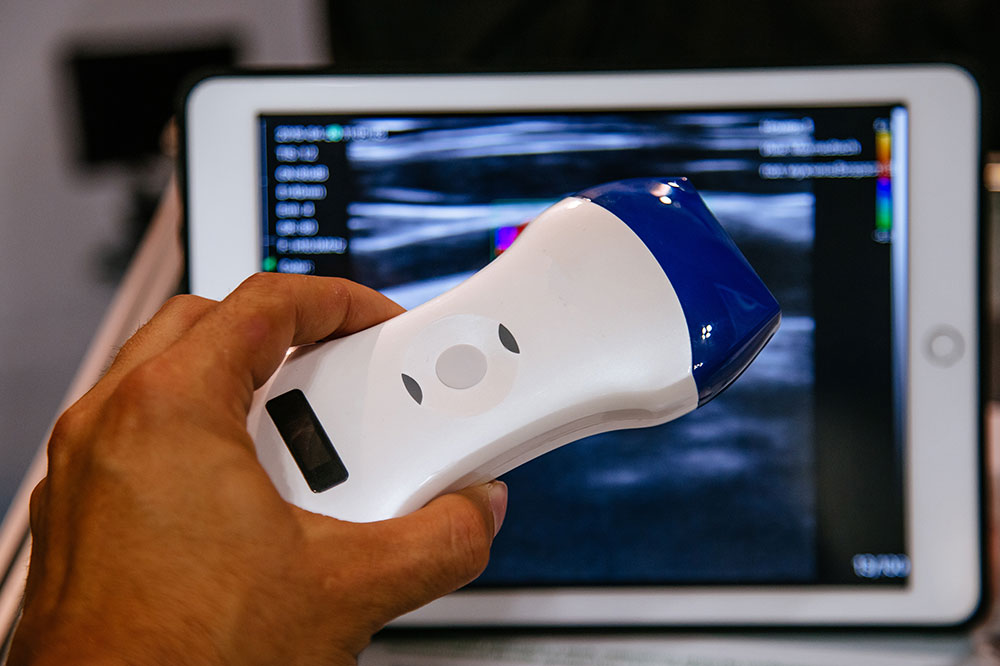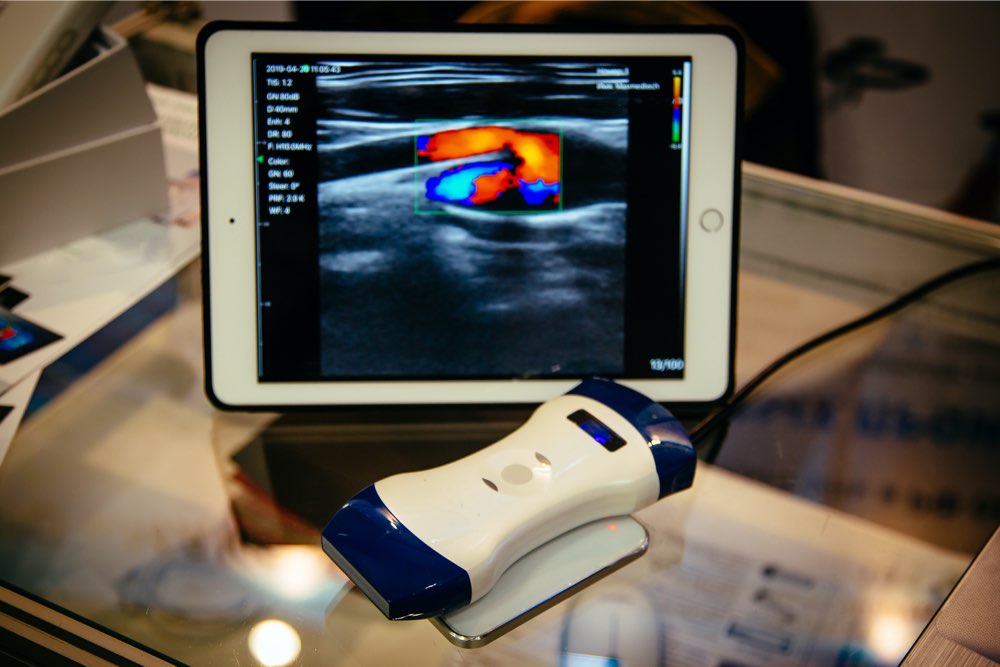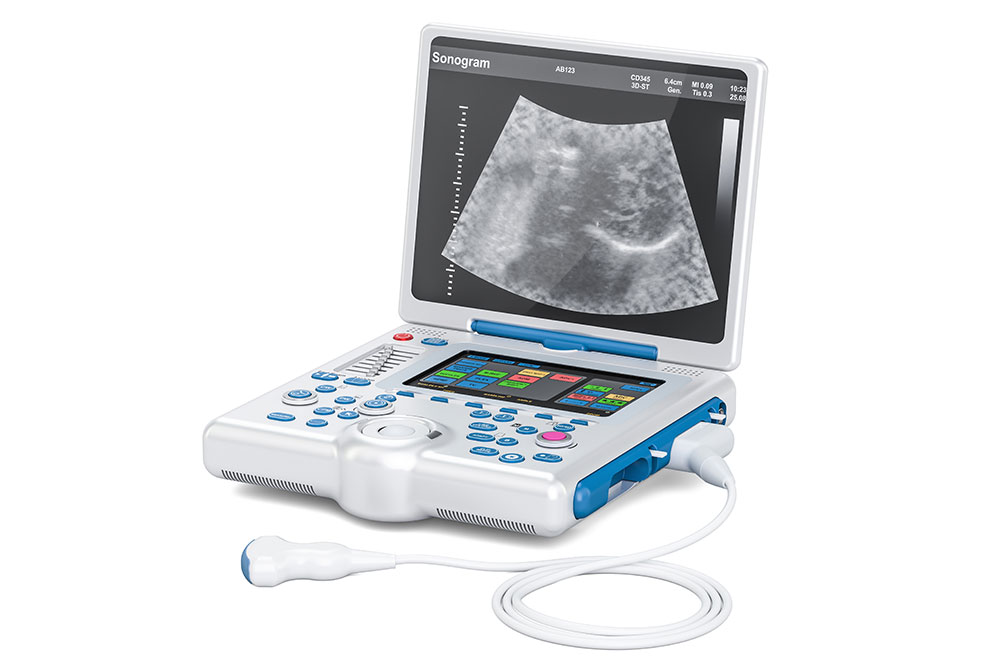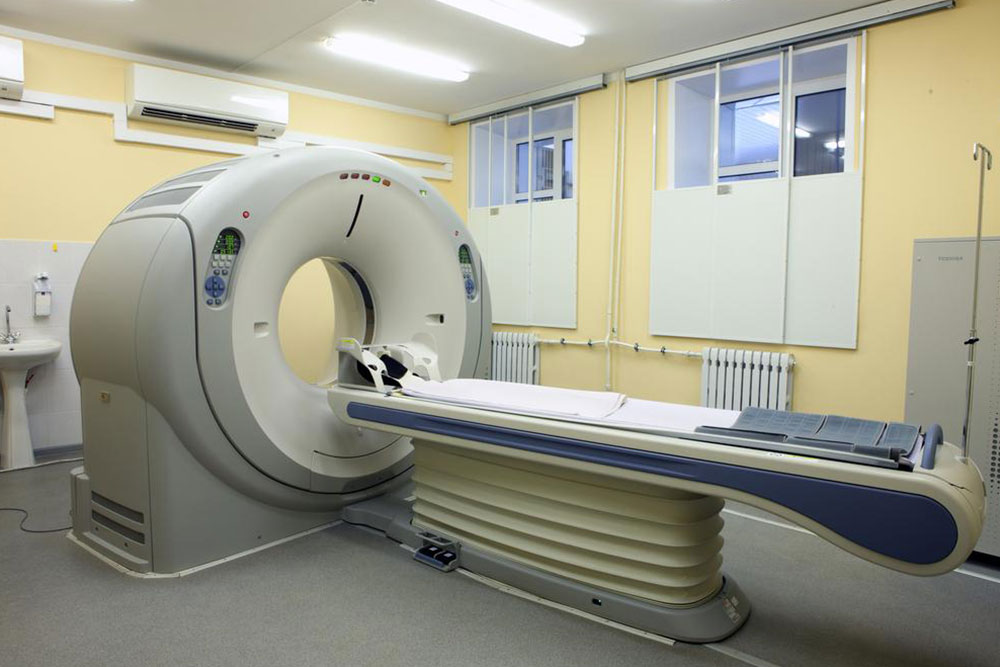Future Trends in Medical Imaging: Portable Ultrasound Devices
Portable ultrasound devices have transformed medical imaging by offering mobility, affordability, and high-quality imaging. Widely used in various fields—such as emergency, obstetrics, cardiology, and remote healthcare—they enable quick diagnoses and improve patient outcomes. Advances in technology continue to enhance device portability, user-friendliness, and connectivity, making them essential tools for modern clinicians. Proper training, maintenance, and data security are vital for maximizing their effectiveness and ensuring accurate, timely medical assessments in diverse settings.
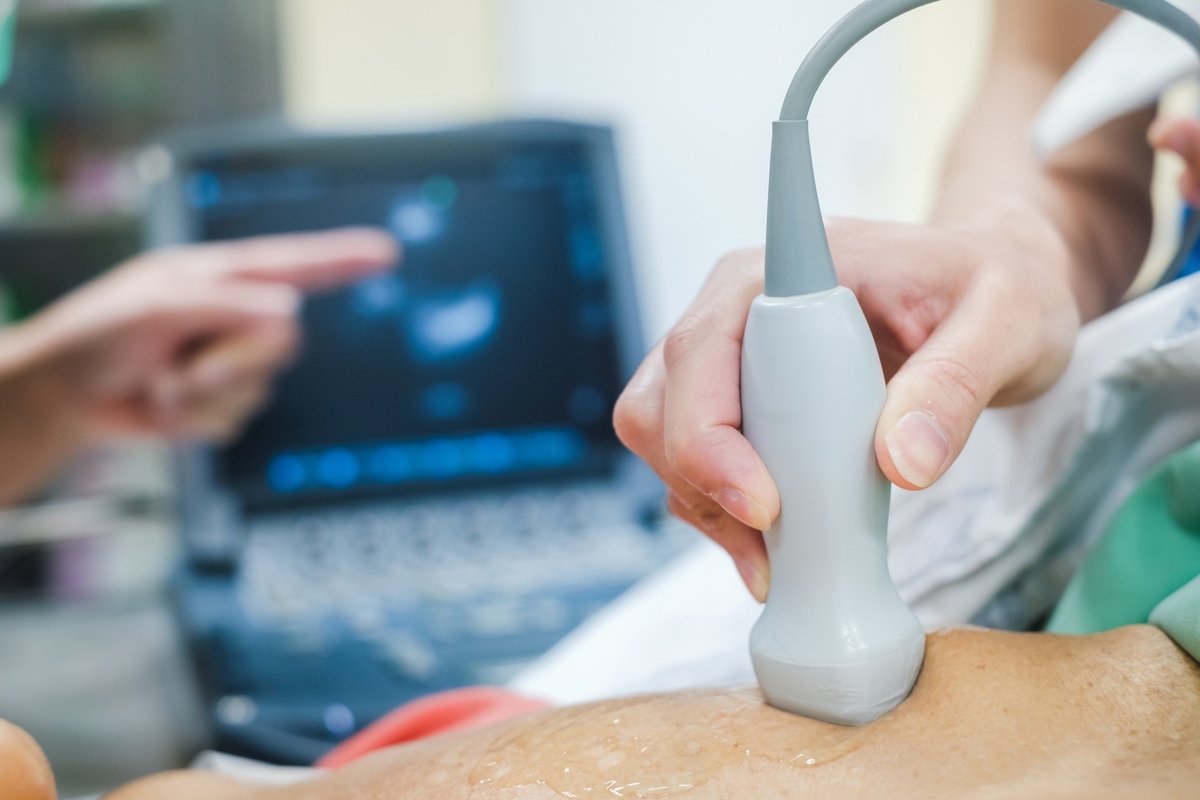
Future Trends in Medical Imaging: Portable Ultrasound Devices
Handheld ultrasound tools have transformed medical diagnostics, enabling healthcare providers to perform versatile, on-the-spot imaging in diverse environments. These lightweight, portable devices match the capabilities of traditional machines, making high-quality imaging accessible even in remote or under-resourced areas. This article explores the technology behind these devices, their common uses, benefits, and compares leading models available today.
Progression of Portable Ultrasound Technology
Historical Development
The origin of portable ultrasound stems from the need to replace large, fixed machines with more practical, mobile options suitable for various settings.
Innovations in miniaturization, battery efficiency, and wireless features have enabled the creation of modern portable ultrasound units. These devices boast high-resolution screens, advanced software, and sometimes AI integration for better diagnosis and user experiences.
Common Uses of Portable Ultrasound
1. Point-of-Care Ultrasound (POCUS):
Widely utilized in ERs, ICUs, and outpatient clinics, mobile ultrasound allows quick bedside evaluations, speeding up diagnosis and treatment decisions.
2. Remote Healthcare and Telemedicine:
In underserved areas, these devices deliver essential imaging services where traditional equipment isn't available. Coupled with telehealth, images can be shared with specialists remotely, enhancing patient care.
3. Fetal and Maternal Monitoring:
Portable ultrasound supports prenatal visits, fetal health checks, and diagnosing pregnancy complications, especially in rural or mobile clinics.
4. Sports and Musculoskeletal Care:
Clinicians use these tools to identify sports injuries, guide joint treatments, and monitor healing processes directly on-site.
5. Cardiac Diagnostics:
They assist in heart examinations such as echocardiograms to evaluate function and detect issues early, supporting cardiovascular health management.
Advantages of Mobile Ultrasound Devices
1. Portability and Ease of Use:
The small size and lightweight design facilitate transportation and use across multiple settings, including emergency vehicles and remote locations.
2. Affordability:
Compared to traditional systems, portable units are more budget-friendly, providing expanded diagnostic options without high costs.
3. Swift Diagnosis:
Rapid imaging at the bedside supports quick clinical decisions, leading to better patient care outcomes.
4. User-Friendly Design:
Modern devices feature intuitive controls and touchscreens, making operation straightforward even for less experienced users.
5. Patient Comfort:
On-site assessments reduce patient transportation needs, minimizing discomfort particularly for critically ill or immobile individuals.
Market Leaders in Portable Ultrasound Devices
Below is a comparison of some top portable ultrasound products available today:
GE Vscan Extend
Philips Lumify
Butterfly iQ+
Mindray M9 Portable
Clarius HD3
1. GE Vscan Extend
This compact device offers basic imaging modes like B-mode and Doppler, suited for quick assessments in emergency and primary care.
2. Philips Lumify
Connecting seamlessly with smartphones or tablets, it provides high-quality imaging and multiple modes for versatile clinical use.
3. Butterfly iQ+
Cost-effective and portable, this device uses semiconductor technology to deliver diverse imaging options in a pocket-sized form.
4. Mindray M9 Portable
Offering advanced features and a large display, it’s ideal for detailed evaluations in cardiology and broader medical practices, reflecting its higher price point.
5. Clarius HD3
This high-definition scanner connects to mobile devices, providing quality imaging suitable for both general practitioners and specialists.
Operating Tips for Portable Ultrasound Devices
1. Proper Training
Ensure clinicians are trained in device operation, image interpretation, and safety for reliable results.
2. Routine Maintenance
Regular checks and updates maintain device performance and durability. Follow manufacturer instructions for calibration and upkeep.
3. Secure Data Handling
Protect patient information by using encrypted data transmission and storage, especially with wireless models.
4. Standardized Protocols
Develop consistent clinical procedures to ensure accurate diagnosis and treatment processes.
5. Integration with Healthcare Records
Sync devices with electronic health records for seamless documentation and comprehensive patient management.
In summary, portable ultrasound devices significantly enhance diagnostic flexibility, reduce costs, and improve patient care, especially in challenging environments. Understanding their features and best practices enables healthcare providers to utilize these tools effectively for better health outcomes.Sources:

